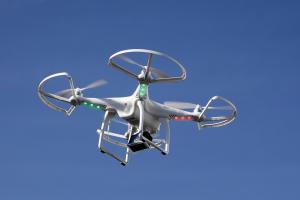In this TED Talk Arlen Nipper gives us his interesting vision on the internet of things. He thinks the internet of things hasn’t really taken off yet. He says that all technologies are here to really make the internet of things happen, but that the mindset of how to apply these technologies is still prohibiting the real expansion of the internet of things. Something needs to happen to have a real internet of things and not just some connections between some own devices and/or own applications. The ‘things’ in the internet of things are embedded computers. To go from embedded systems who work independent to an internet of things all embeded systems need to be able to comunicate with each other. The thing that is still missing in his opinion is one protocol that all embedded devices can understand. Like http is for the internet of people, a protocol is needed for the internet of things. A protocol that can be used on any platform, with any operating system, with any programming language and that can be send low bandwidth and low energy over any connection medium. Now a lot of complex layers are needed in the different steps from getting the data from the embedded devices and sending and receiving and storing and analyzing them. The data should be separated from the application so the data can easily be shared amongst applications instead of only being used by proprietary applications.
I think this is very interesting and he is definetely right I think. It should be possible to easily share and access data from different applications and combine them to make other applications and to analyze different data together to come up with new, optimized business processes. And I think this is definitely needed and there will definitely come a standard for that. Maybe MQTT, the future will tell.
If you are interested in the internet of things, definitely watch the video to know more.
